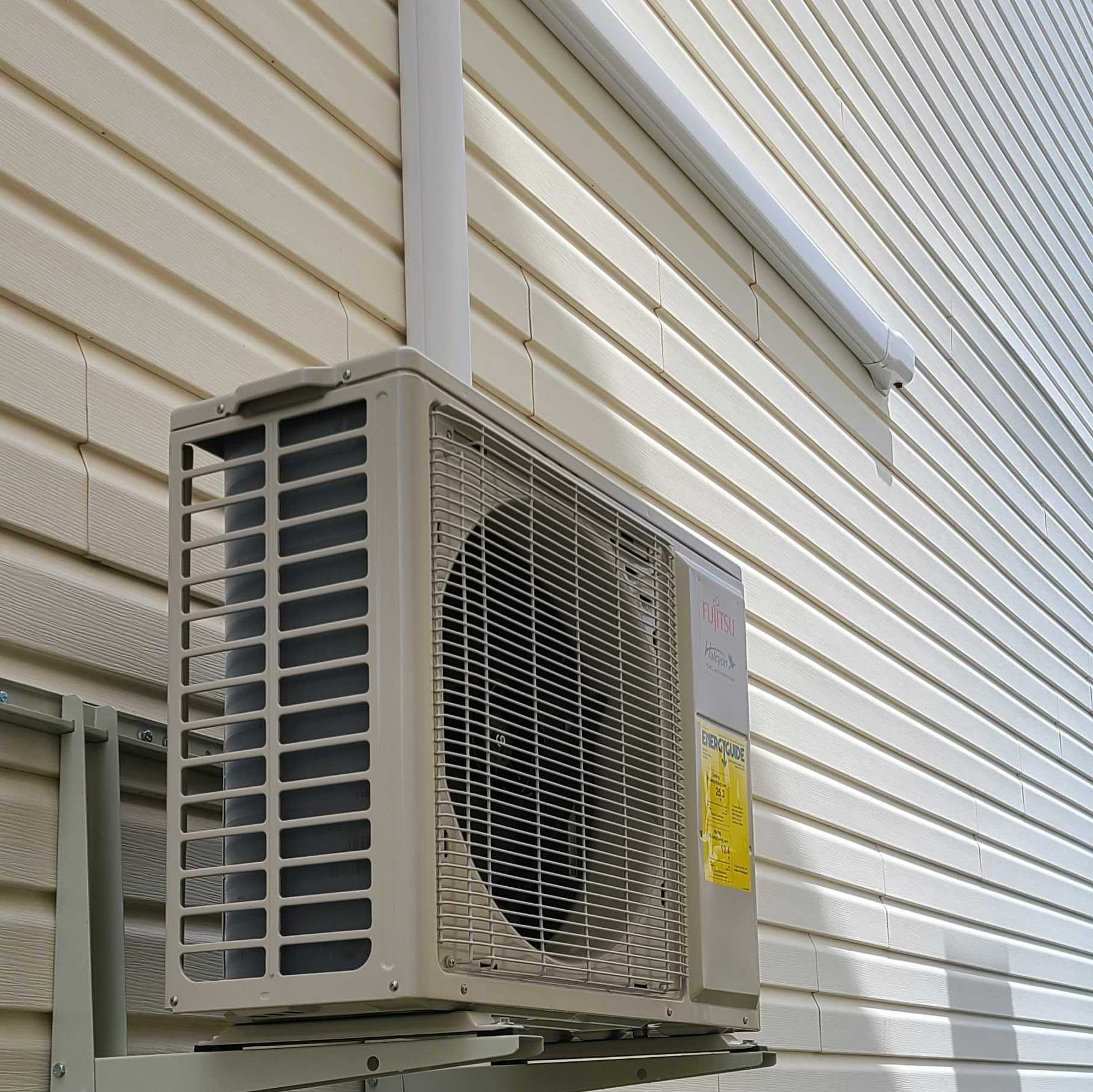As summer approaches, many homeowners face the challenge of keeping the upstairs of their two-story homes comfortable and cool, especially when air conditioning (AC) options are limited or non-existent. McGinley Services in Prospect Park, PA, offers expert insights into natural and efficient ways to maintain a cooler upper floor during the hot months. Here’s an expanded guide to help you beat the heat upstairs.
Understanding the Heat Dynamics in Two-Story Homes
The basic principle of heat rising makes the second floor of a home naturally warmer than the first. This situation is often compounded by factors like inadequate insulation, inefficient HVAC systems, and heat absorption through the roof. Recognizing these factors is the first step in addressing the heat issue effectively.
Advanced Strategies to Keep Upstairs Cool

- Improve Air Circulation: Utilizing fans effectively can make a significant difference. Ceiling fans should rotate counterclockwise to push cool air down. Strategically placed standing or window fans can help create a cross breeze, enhancing air movement and making rooms feel cooler.
- Sunlight Management: The sun can increase indoor temperatures drastically. Using blackout curtains, blinds, or shades during peak sunlight hours can block out heat. Installing reflective window films can also deflect solar heat, keeping rooms cooler without blocking the view.
- Attic Insulation and Ventilation: A well-insulated attic reduces heat transfer from the roof to the living spaces below. Proper ventilation in the attic, such as attic fans or ridge vents, helps expel hot air, reducing overall upstairs temperature.
- Thermal Decor Choices: Opting for lighter colors in bedding, curtains, and wall paint can help reflect heat instead of absorbing it. This seemingly small change can have a noticeable impact on room temperatures.
- Adjust Thermostat and HVAC Settings: In homes with central air, adjusting dampers to redirect more cool air upstairs can be effective. If you have a smart or programmable thermostat, setting different temperatures for each floor can help manage the heat variance between levels.
- Roofing Materials and Colors: For long-term heat management, consider the color and material of your roof. Lighter-colored roofing materials reflect more sunlight and absorb less heat, which can make a noticeable difference in upper-floor temperatures.
- Utilize Exhaust Fans: Exhaust fans in kitchens and bathrooms can remove hot air, especially after cooking or showering, helping to lower the temperature upstairs.
- Window Fan Placement: Using window fans effectively can create a draft that pulls cooler outside air into the house while expelling hot indoor air. This is especially effective during cooler evening hours.
- Minimize Indoor Heat Sources: Limit the use of heat-generating appliances like ovens, dryers, and dishwashers during the hottest parts of the day. Opt for outdoor grilling or microwave use instead.
- Upgrade Your Bedding: Switch to breathable, moisture-wicking bedding materials like cotton or linen. Cooling pillows and mattress toppers can also provide relief from the heat, ensuring a comfortable night’s sleep.
- Plant Shade Trees: Planting trees strategically around your property, especially near windows and on the sunnier side of your home, can naturally reduce indoor temperatures by providing shade and reducing solar heat gain.
Long-Term Home Improvement Solutions
- HVAC System Upgrades: If your AC system is outdated or not effectively cooling your upstairs, consider an upgrade or an additional ductless mini-split system for targeted cooling.
- Zoning Systems: Implement a zoning system in your HVAC to have different temperature controls for each floor. This can be a game-changer for multi-story homes.
- Energy Audit: Conducting a home energy audit can reveal specific areas where your home is losing cool air or gaining heat, allowing for targeted improvements.